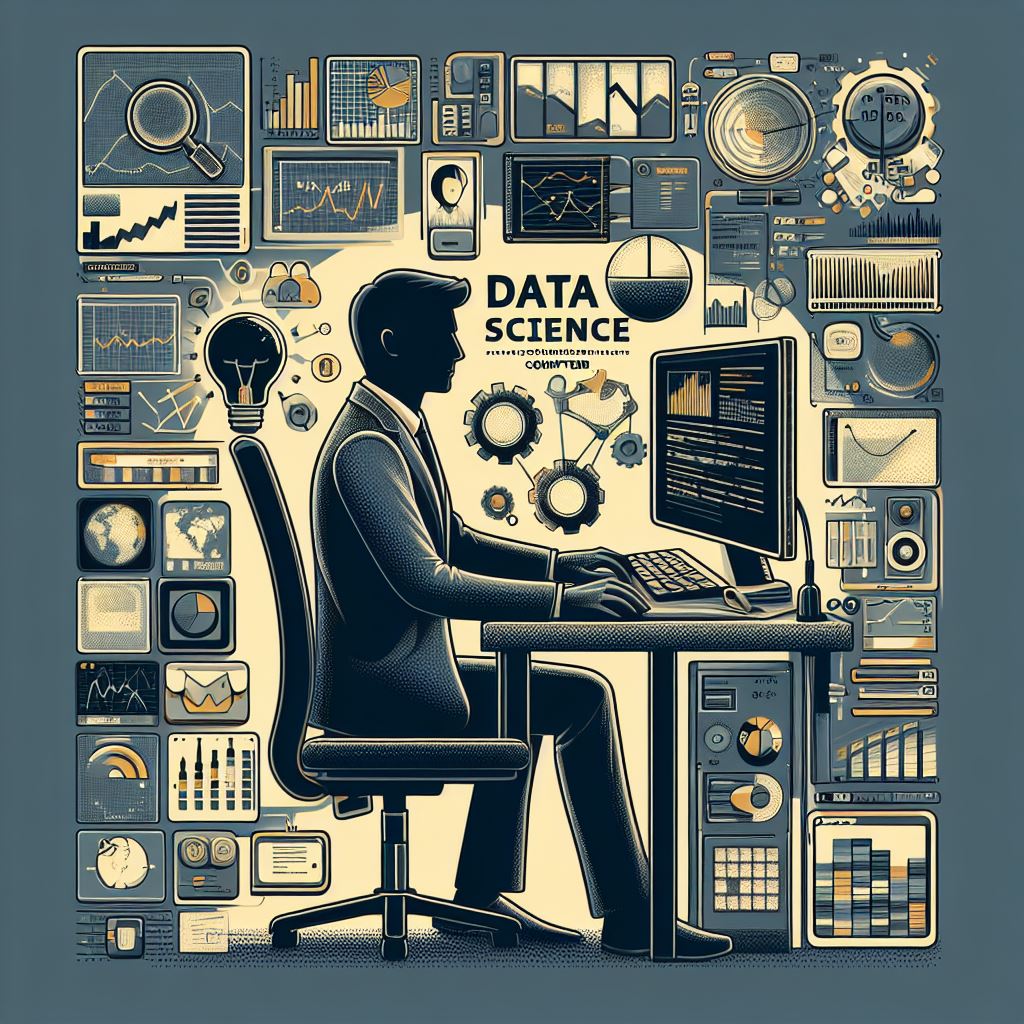Computer vision is a field of artificial intelligence (AI) that enables machines to interpret and understand visual information from the world, just like humans do. By processing images, videos, and other visual data, computer vision technology can recognize objects, detect anomalies, and even track movements. This transformative technology is revolutionizing industries, making processes more efficient, accurate, and innovative.
What is Computer Vision?
At its core, computer vision involves the use of algorithms to allow computers to process and analyze visual data. The primary goal is to replicate human vision capabilities in machines, enabling them to understand their surroundings, identify patterns, and make decisions based on visual input.
For example, facial recognition systems in smartphones or self-driving cars that use cameras to navigate their environment are both practical applications of computer vision. These systems utilize deep learning and neural networks to improve their performance, allowing them to “learn” from data and get smarter over time.
Key Technologies Behind Computer Vision
Several advanced technologies drive the development of computer vision systems:
Machine Learning (ML): Machine learning algorithms allow computer vision systems to improve their accuracy by analyzing large datasets and recognizing patterns. With ML, systems can detect specific objects or features in images, such as faces, traffic signs, or animals.
Deep Learning: A subset of machine learning, deep learning uses neural networks to analyze vast amounts of data and identify patterns. Deep learning has been instrumental in advancing computer vision technologies, particularly in areas like object detection and image segmentation.
Image Processing: Image processing is essential for preparing and enhancing visual data. This includes operations such as resizing, filtering, and enhancing images to make them suitable for analysis by machine learning models.
3D Vision: Unlike traditional 2D imaging, 3D vision involves capturing depth information to create 3D models. This is important for applications like robotics, where precise movement and navigation are crucial.
Edge Computing: To process visual data more efficiently, edge computing brings the data processing closer to the source of the data, reducing latency and enabling real-time analysis.
Applications of Computer Vision
The scope of computer vision extends far beyond facial recognition. Some of the most impactful applications include:
Healthcare: Computer vision is used in medical imaging to detect diseases, identify tumors, and analyze patient data. AI-driven systems can examine X-rays, MRIs, and CT scans with greater accuracy than human doctors in some cases, leading to early detection and more effective treatments.
Autonomous Vehicles: Self-driving cars rely heavily on computer vision to detect road signs, pedestrians, other vehicles, and obstacles in their environment. These systems must process data in real-time to make split-second decisions, ensuring safety on the road.
Manufacturing: In manufacturing, computer vision is employed for quality control and defect detection. Automated systems can scan products on production lines to identify imperfections, significantly improving efficiency and reducing errors.
Retail and Security: Retailers use computer vision for inventory management, customer behavior analysis, and security surveillance. In security, computer vision can monitor footage for suspicious activities or recognize faces in crowded places, providing better safety solutions.
Agriculture: Computer vision is also applied in agriculture for crop monitoring, pest detection, and harvesting. Drones equipped with computer vision technology can analyze large fields and help farmers optimize crop yields.
Future of Computer Vision
The future of computer vision looks incredibly promising. As AI and machine learning continue to evolve, so too will the capabilities of computer vision systems. With the growing need for automation, real-time data processing, and enhanced accuracy, industries across the board will benefit from the continued integration of computer vision.
Emerging trends like augmented reality (AR) and virtual reality (VR) will also heavily rely on computer vision to create immersive experiences. In addition, advancements in hardware, such as more powerful GPUs, will allow computer vision systems to operate faster and more efficiently, opening the door for even more innovative applications.
In conclusion, computer vision is set to change the world in ways we are just beginning to understand. From healthcare to autonomous vehicles, the potential of this technology is limitless. By embracing the power of AI-driven vision systems, businesses and industries will unlock new opportunities for growth, efficiency, and innovation.
5
